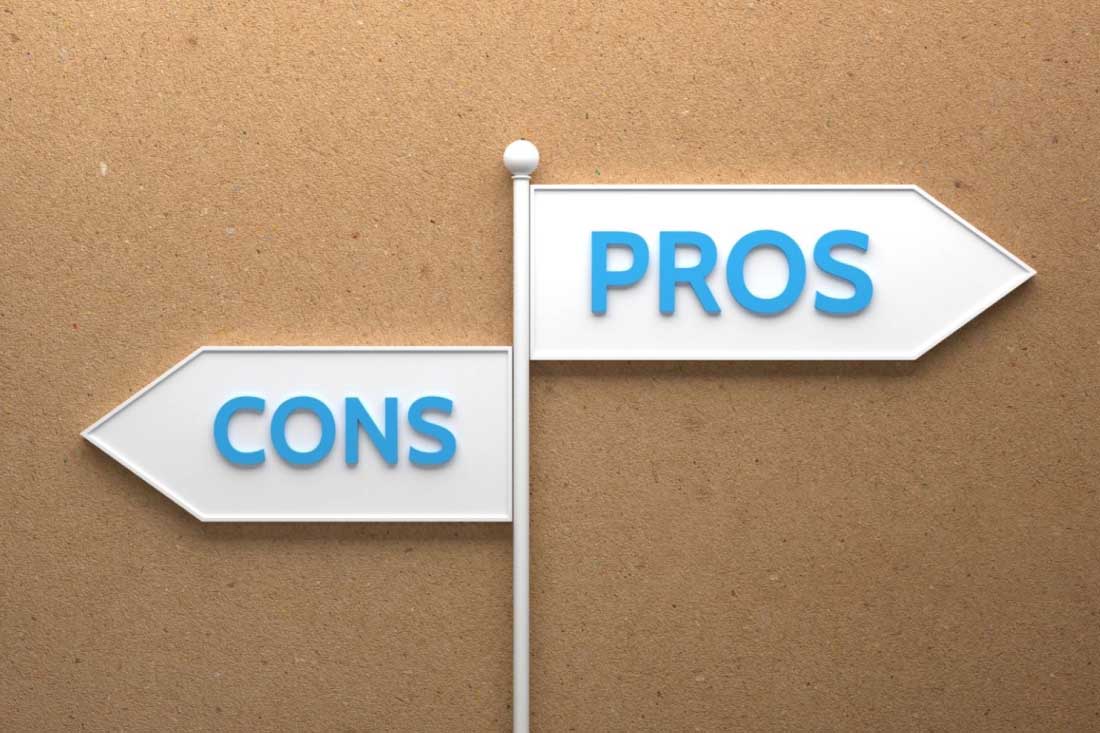Why taking a moment to truly hear what employees are saying can be the best use of your time
Over the course of my career, I’ve worked for venture-backed startups and multinational corporations. Regardless of size or focus, they’ve all had one goal in common: to hire the best and brightest new talent and empower those team members to thrive and succeed.
Traditionally this included on-the-job training and career mentoring, where young professionals could follow and collaborate with senior co-workers who have “been there and done that” to enhance the onboarding, training, and development process.
In today’s modern workplace, that engagement looks different, introducing new challenges and opportunities for reinvention.
Understanding work patterns
I’ve heard from many leaders of my generation who believe the in-office mentoring that was the norm early in our careers will be lost with hybrid work. Maybe, or maybe not. I think the ability to understand work patterns as informed by data — in addition to in-person interaction — can actually free us from some of the not-so-positive office customs and cliques of the past. That may be particularly impactful when it comes to the experience of diverse groups in the workplace, for whom equal access to opportunity has often been sorely lacking.
There are certainly some things “we’ve always done this way” that withstand the test of time. But this list gets shorter and shorter with the rapid pace of change from industrial age work to digital work: Essentially, some of our old office-centric practices ignore the critical value and importance of employee perspective in how leaders design, manage for, and achieve sustained business success.
The status quo isn’t going to work for today’s workers who expect more influence and control over their professional lives. If at first this seemed like just a generational shift, the pandemic made it relevant to all of us: Employees are clamoring to be heard, and employers need to work harder to listen.
Historically, surveys and sentiment analysis tools have been useful to understand how employees feel about their organizations and/or their jobs. But new employees don’t always know exactly what they need or how to articulate it, nor how that fits into the bigger picture. Relying on employee feedback alone is problematic because it only tells part of the story and it’s often difficult to diagnose from it whether the issue is a team problem, a manager problem, an individual problem, or a more systemic problem. As every coach will tell you, it’s hard to field a winning team when you don’t know its strengths and weaknesses. A player may have the strongest arm, but that doesn’t make her the best pitcher. All too often, the most telling information is hidden beneath the surface.
How workforce analytics can help
This is where workforce analytics data can help. Data helps leaders identify trends and patterns in how people work, learn where to engage or intervene — and how to address systemic issues. Applied at scale, this helps teams increase efficiencies, optimize outcomes, and improve employee experience — in response to, as well as in anticipation of, the goals they’re trying to achieve.
In some ways, you could call the insights from workforce analytics a form of reverse mentoring that uses work-activity data to give leaders a fresh perspective on how they foster different and individualized work behaviors, support employees of all backgrounds, and better understand the generational mindset with which different groups approach their work. The benefits range from increased retention, better productivity outcomes, and a much-improved employee diversity profile to the breaking down of misconceptions and biases that can create tension between employers and employees.
The story here is yet to be told, but I believe the future workplace will be more objective and reflective of all of us if we use data, in addition to personal interaction, to listen to more closely — and hear — our employees.





